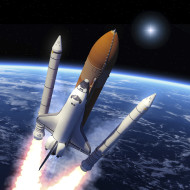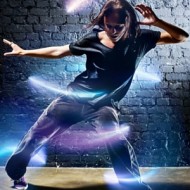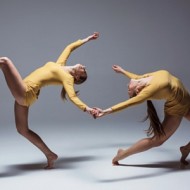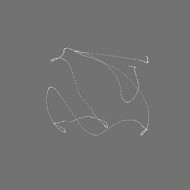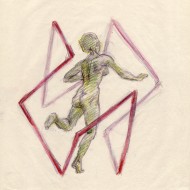
In July, the Octa workshop, “Bringing Choreutics to Life” takes Laban’s space harmony theory into practice. This three-day workshop presents key Choreutic concepts in a way that is accessible for participants new to Laban’s ideas as well as experienced movement analysts.
Laban himself admitted that “our mental functions employ geometrical symbols to express orientation in space, but generally our feeling does not comprehend living movement within geometrical plasticity.” In other words, both understanding and embodying choreutics can be steep learning curve!… Read More

